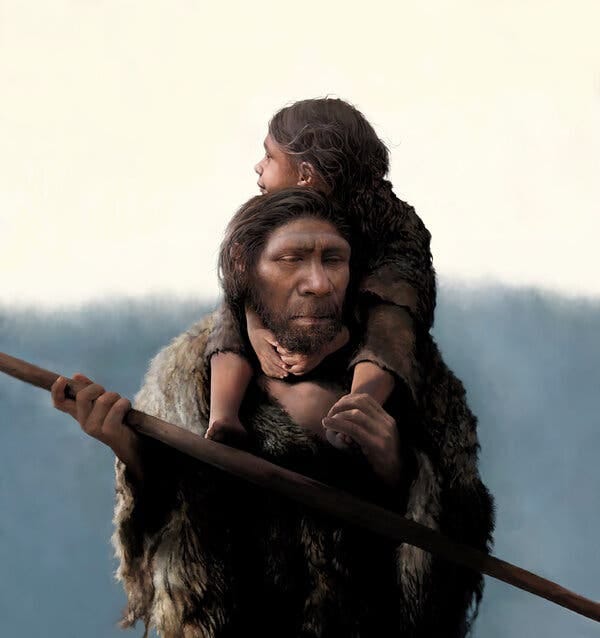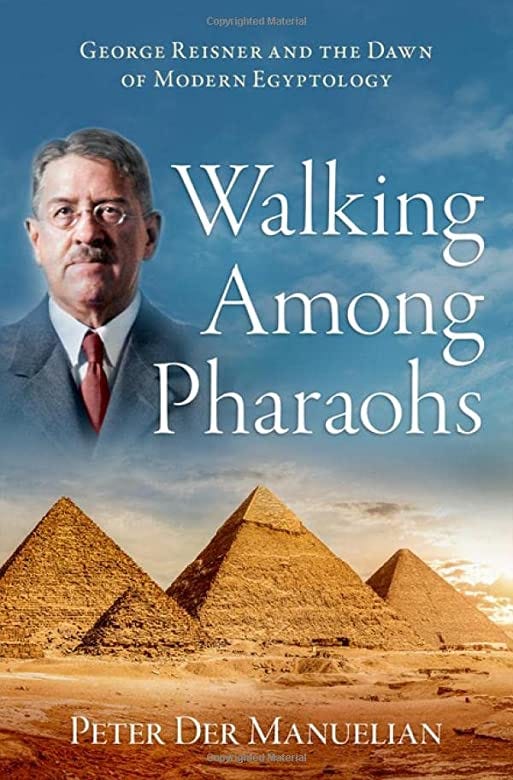Weekly Roundups- October 28th
Neanderthal families, wicked stepmothers, Mayan stelae, and much more!
George Reisner: Brief life of a pioneering Egyptologist: 1867-1942
Harvard Egyptologist Peter Der Manuelian wrote a new biography on an important early figure in American Egyptology—George Reisner. Reisner is best remembered for his work at the Giza Plateau and his involvement in the development of the collection at UC Berkeley/ Hearst Museum (though in that latter case, a bit recalcitrantly). The “only blemish” as the article mentions is his colonial and racist attitudes—his support of British control of Egypt and his disbelief in the African origins in anything we might call “civilization,” including the ancient cultures of Sudan. This is not a minor “blemish,” of course, and it is important to consider how such ideas continue to penetrated our scholarly work as a result.
But this is foundational Egyptology. We are looking forward to diving into this one!
Prismatic Gilgamesh
Who was Gilgamesh and how is he (mis)remembered today? About 150 years ago George Smith translated the first line from the Epic of Gilgamesh from a cuneiform tablet in the British Museum. Now, the Epic has been translated into over two dozen languages—even Klingon.
How have the translations changed over time and what does our ongoing interest they say about our culture? What about the story is so relatable? Where does humanity begin and animalkind end? Are we “civilized” at all? In this article, Sophus Helle, who recently published a new English translation of the Epic, shares his feelings.
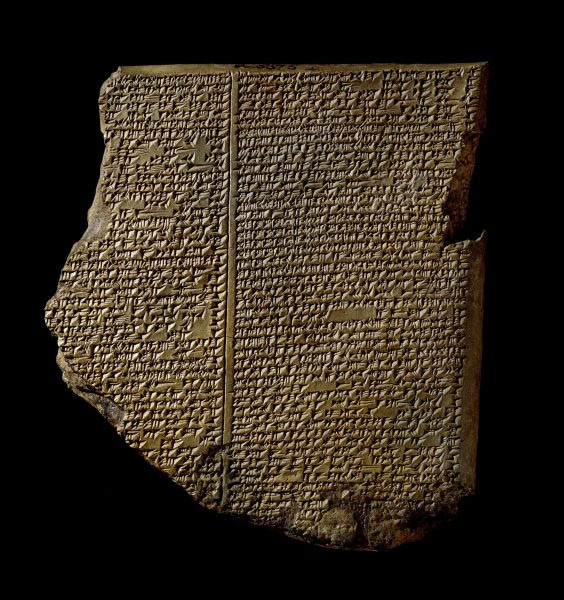
Maya Stele Depicting Cycle of Life and Death Uncovered in Mexico
A two-sided stela was found from the city of Uxmal in the the eastern Yucatan peninsula. The front side shows a female deity linked to life, and the back represents a male deity linked to death. This gendered binary between life and death is interesting—very much similar to the Re-Osiris mythologies from Egypt. The article does not go into specifics, but we wonder how the stela was used and what roles the depictions had in day-to-day beliefs? As with Egyptian art, Mayan art was never solely art for arts’ sake and always served multiple purposes, especially ideological ones.
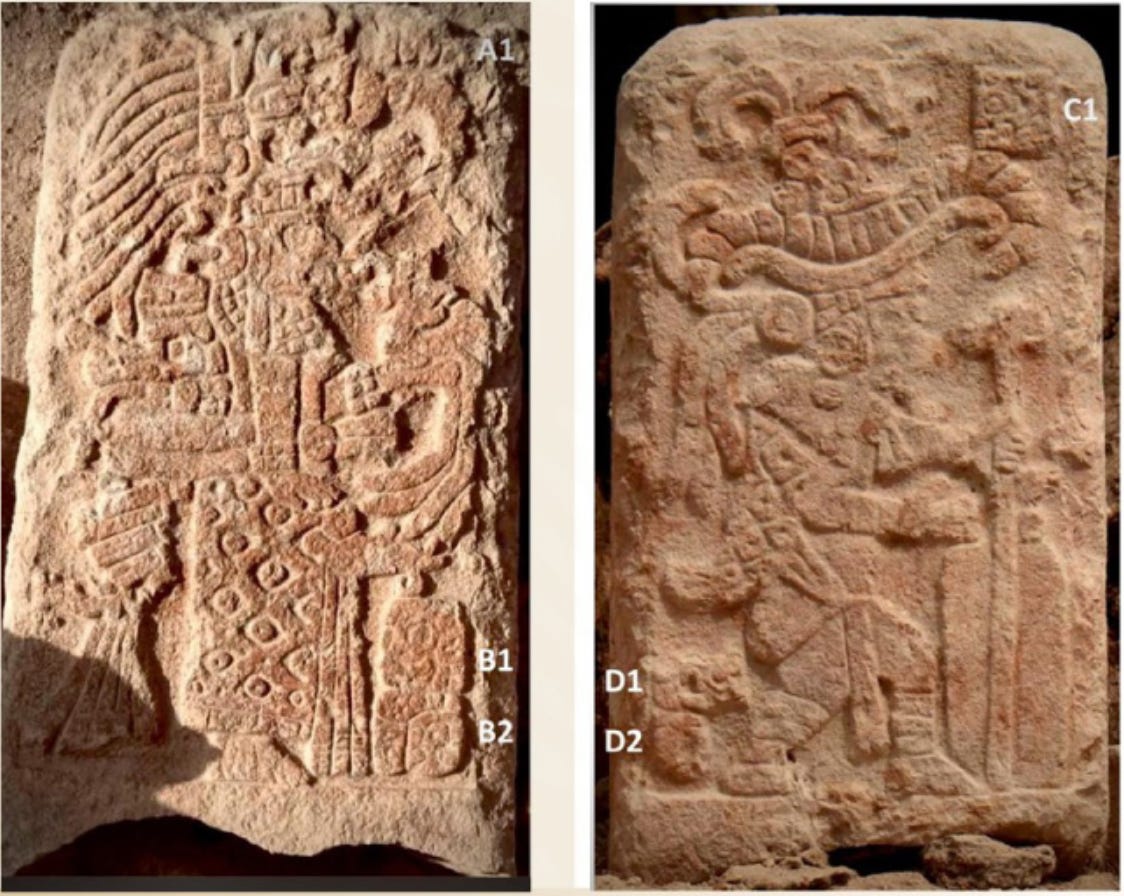
Where did the idea of the 'wicked stepmother' come from?
We love this article! The trope of the evil stepmother is so pervasive within folktales, especially in Europe. (Kara recalls tales of her own grandmother’s evil stepmother (!!) who was hostile and starved her of food, forcing her into an early marriage at 16 in 1926. And when Kara’s Nana moved into her new husband’s household, his female relatives also hazed her in various and sundry ways…) Instead of looking for a real figure as the foundation for the trope, we ask you all to think about how patriarchal systems pit women against women, particularly older women who can claim a household’s power by dominating unrelated younger women. The stepmother was also necessary in premodern society because of how many first wives died in childbirth to feed the patriarchy’s insatiable need for offspring. In many of these tales the young and beautiful “new” women who enter established kinship groups could upend the status quo—the greatest fear of a patriarch, or a patriarch’s (step)mother. Such female archetypes in literature support the patriarchy and always lay blame on the woman. Such stories were told by men and women to their families, especially to their children. What was their message? The distrust of particular women—the old and powerful, but also the young and newly arrived. Always follow the cookie crumbs to the patriarchy so that we can find our escape!
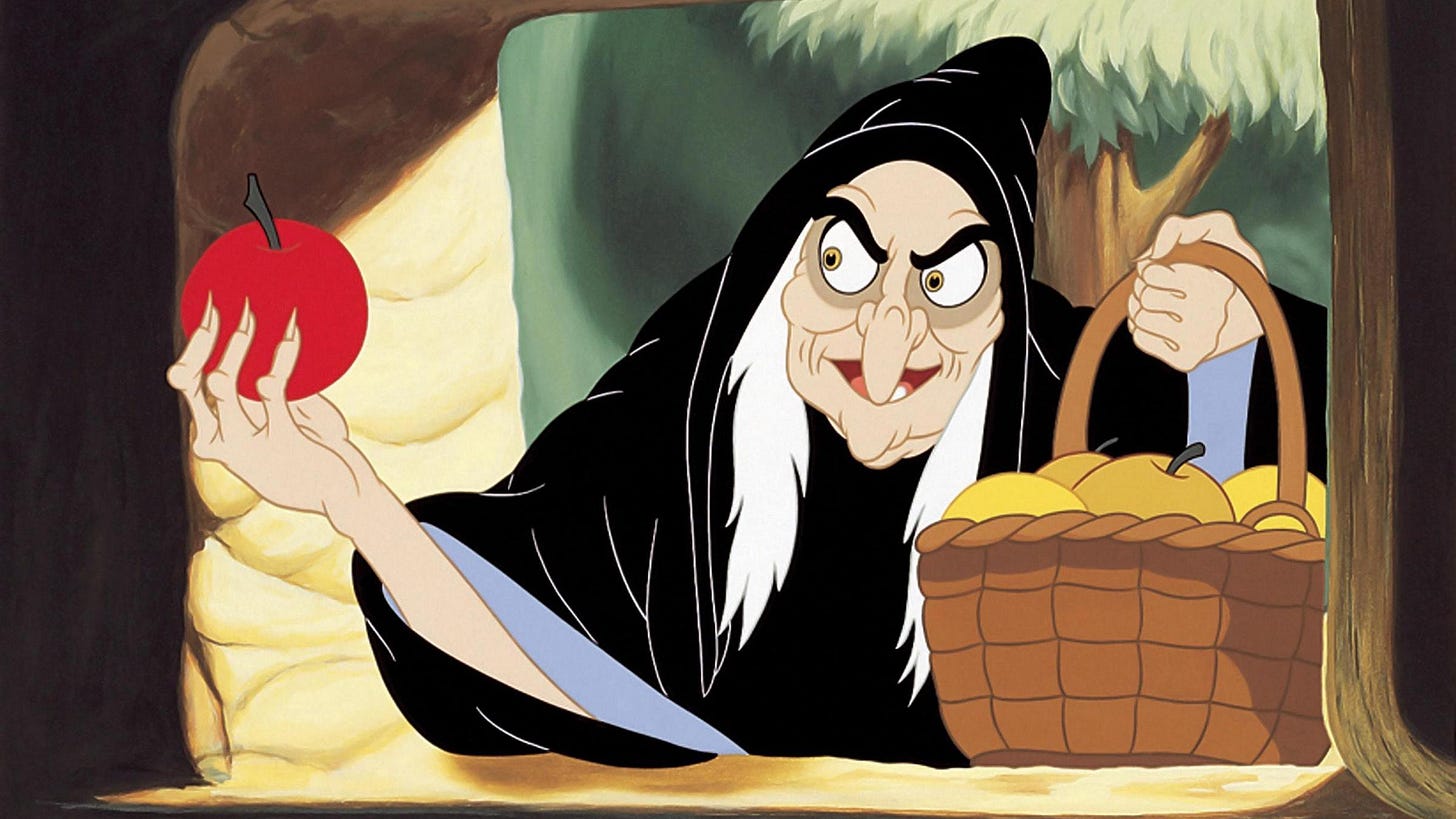
First Known Family of Neanderthals Found in Russian Cave
Our Homo sapiens ancestors! A recent article from Nature scientists have isolated the first known Neanderthal “family” based of DNA sequencing. Researchers identified a father, his teenage daughter, and cousins totaling 11 individuals who all died around the same time in one dataset, probably due to causes related to starvation. How did this familial troop come to the cave site and meet their grisly end? How did familial interaction work with his hominid species? Some individuals were closely related by one degree; others were newcomers.
Additionally, another nearby cave’s Neanderthal bio data was DNA-sequenced, and some of those individuals were also related to the first group under study, showing community kinship. Similar to last week’s story about the missing adult daughters in German prehistoric communities, the Neanderthal all showed related paternal lines, but different maternal lines. This finding argues that Neanderthal groups were also exogamous, sending their daughters out to new troops for mating and child rearing. This brings up the question—were Neanderthals patriarchal too!? Seems so, to our simple gaze…
